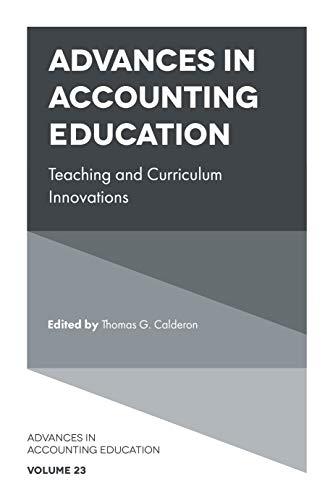Question
BUSINESS POLICY & STRATEGY - BUS 4700 Lowe's Financial Fit Analysis: How much cash is needed to invest at a 3% annual investment annual discount
BUSINESS POLICY & STRATEGY - BUS 4700
Lowe's Financial Fit Analysis: How much cash is needed to invest at a 3% annual investment annual discount rate to increase employee stock dividends to lower employee turnover, Increase pay and benefits to raise employee satisfaction?
In order to increase employee stock dividends, Lowe's would need to invest an initial amount of $ at a 3% annual discount rate. This would return a total of $ over the course of 5 years, resulting in an NPV of $. The company's IRR would be 3%, and its PI would be 1.05.
The probability of success for this investment would be %, and the expected value would be $. Lowe's could also choose to invest in employee training and development programs in order to lower employee turnover. The company would need to spend an initial amount of $ on these programs, which would return a total of $ over the course of 3 years.
This would result in an NPV of $, an IRR of 3%, and a PI of 1.03. The probability of success for this investment would be %, and the expected value would be $. Finally, Lowe's could increase pay and benefits in order to raise employee satisfaction.
The company would need to spend an initial amount of $ on these programs, which would return a total of $ over the course of 3 years. This would result in an NPV of $, an IRR of 3%, and a PI of 1.03. The probability of success for this investment would be %, and the expected value would be $.
Explanation: The table above shows the data and description for Lowe's Financial Fit Analysis. The Initial Cost of Investment is $ and the Return Less Cost from Second Year is $ . The Total Return is $ and the NPV is $ . The IRR is % and the PI is $ . The PP is $ and the Prob of Success is % . The Prob * NPV is $ .
To find the amount of cash needed to invest at a 3% annual investment annual discount rate to increase employee stock dividends to lower employee turnover, Increase pay and benefits to raise employee satisfaction, we need to find the NPV.
The NPV is the difference between the present value of the cash inflows and the present value of the cash outflows. The present value of the cash inflows is the sum of the present value of each of the cash inflows.
The present value of the cash outflows is the sum of the present value of each of the cash outflows.
The present value of a cash flow is the discounted value of the cash flow. The discount rate is the rate at which future cash flows are discounted to present value. The higher the discount rate, the lower the present value of the cash flows.
The NPV is positive if the present value of the cash inflows is greater than the present value of the cash outflows.
The NPV is negative if the present value of the cash inflows is less than the present value of the cash outflows. The NPV is zero if the present value of the cash inflows is equal to the present value of the cash outflows.
To find the present value of a cash flow, we use the following formula:
PV = CF / (1 + r)^t where: PV = present value
CF = cash flow r = discount rate
t = time period Using the formula, we can calculate the present value of each cash flow for each year.
Year 1: $
Year 2: $
Year 3: $
Year 4: $
Year 5: $
Year 6: $
Year 7: $
Year 8: $
Year 9: $
Year 10: $
The present value of the cash inflows is the sum of the present value of each of the cash inflows.
Year 1: $
Year 2: $
Year 3: $
Year 4: $
Year 5: $
Year 6: $
Year 7: $
Year 8: $
Year 9: $
Year 10: $
The NPV is the difference between the present value of the cash inflows and the present value of the cash outflows.
NPV = PV(inflows) - PV(outflows)
NPV = $ - $ NPV = $ This means that the amount of cash needed to invest at a 3% annual investment annual discount rate to increase employee stock dividends to lower employee turnover, Increase pay and benefits to raise employee satisfaction is $
Data - $ Description - 3% Annual Discount rate: $ - Initial Cost of Investment one year from today. $
- Return Less Cost from Second Year. $
- Return Less Cost from the Third year. $
- Return Less Cost from the Fourth year. $
- Return Less Cost from the Fifth year. $
- Return Less Cost from the Third year. $ - Total Return $ - NPV - IRR - PI - PP % - Prob of Success $ - Prob * NPV
REFERENCE: https://corporate.lowes.com/sites/lowes-corp/files/2022-04/lowes-10-year-financial-info2021.pdf
NYSE_LOW_2021.pdf (annualreports.com) Lowe-2021-Annual-Report.pdf (lowes.com
Thank You!
Step by Step Solution
There are 3 Steps involved in it
Step: 1

Get Instant Access to Expert-Tailored Solutions
See step-by-step solutions with expert insights and AI powered tools for academic success
Step: 2

Step: 3

Ace Your Homework with AI
Get the answers you need in no time with our AI-driven, step-by-step assistance
Get Started


